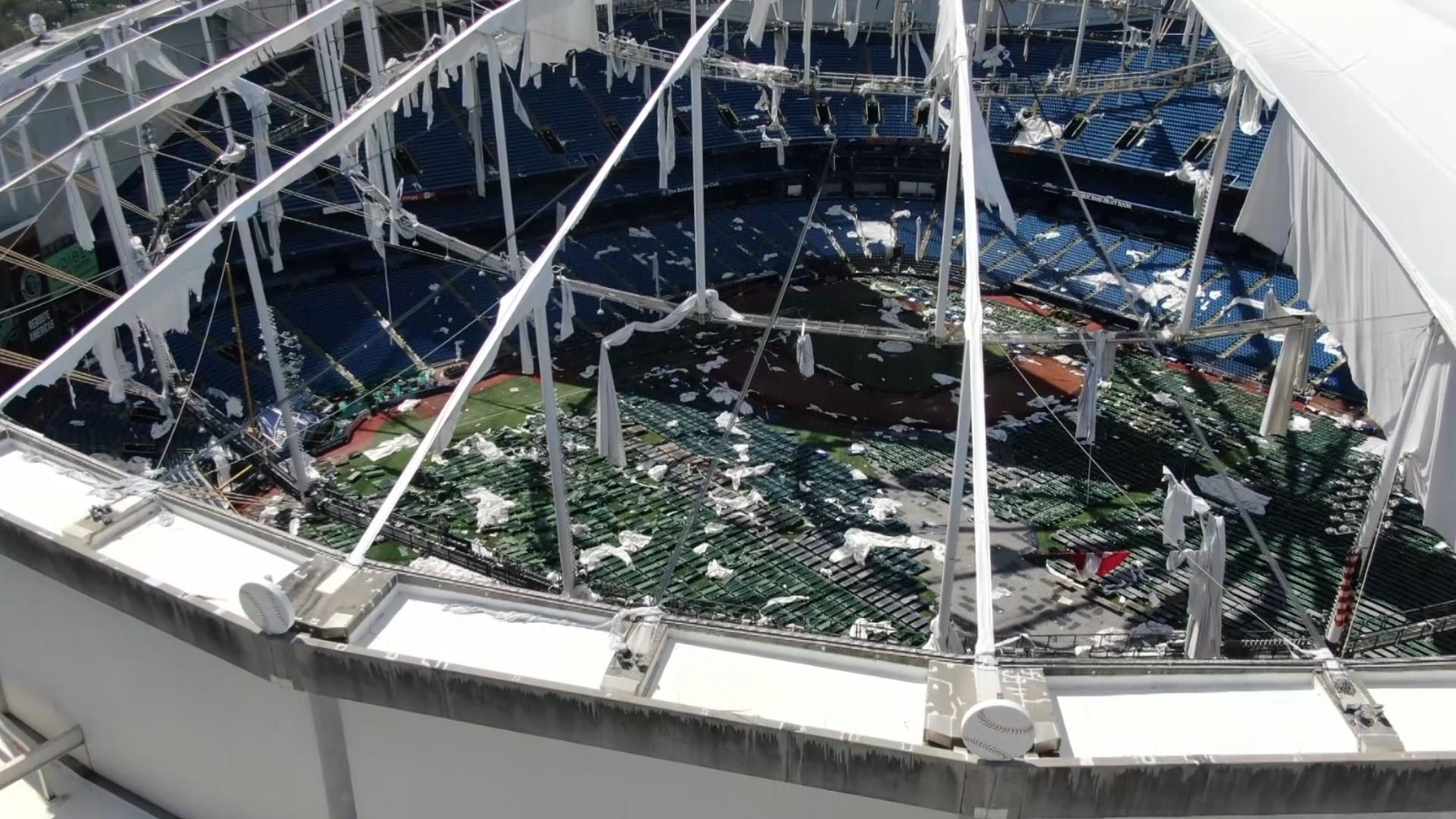ST. PETERSBURG, Fla. — Florida has already seen two major hurricanes in the last few weeks and the state is not in the clear yet. Hurricane season, which began on June 1, will last until Nov. 30 this year.
Hurricane Milton was the latest storm to hit the Gulf Coast and made landfall on Wednesday as a Category 3 storm. Power outages, property damage, flooding, and road and bridge closures are among the challenges facing residents for the next several days at least.
Hurricanes tend to form when the water warms in the Atlantic and the Gulf of Mexico, allowing for the formation of tropical waves, according to the Florida Climate Center.
In May, the National Oceanic and Atmospheric Association predicted the Atlantic Hurricane Season would be more active than normal this year thanks to record warmth in the waters of the Atlantic Basin, coupled with La Nina conditions in the Pacific Ocean.
NOAA says that this set of conditions leading to higher-than-average hurricane and tropical storm activity in the Atlantic have been a factor in their forecasting since 1995 and are expected to persist.
Meanwhile, leading scientists say that climate change has been a contributing factor in making hurricanes more frequent and more dangerous. These factors, they say, are likely to worsen over time.

